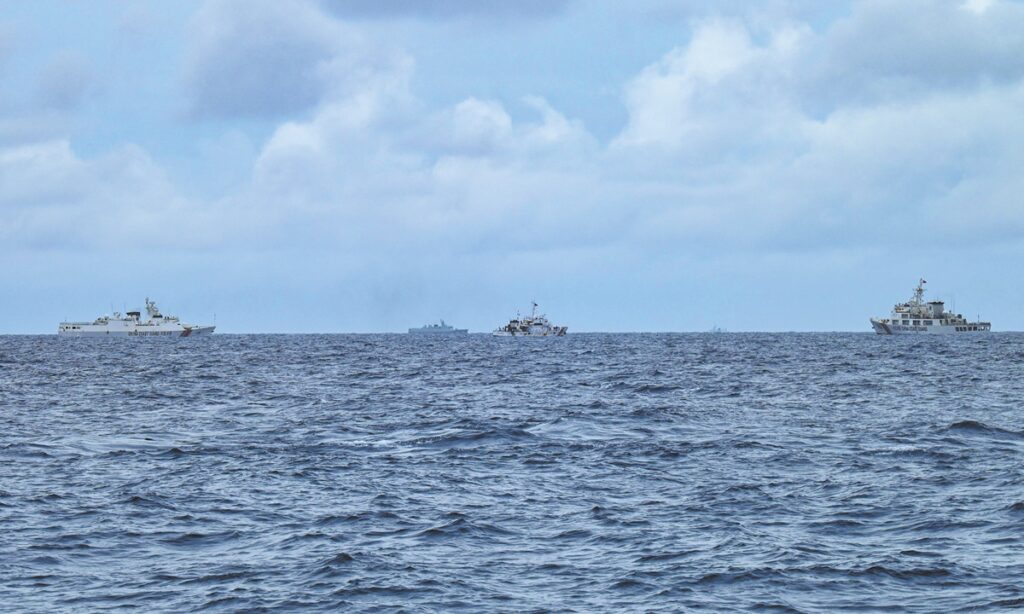The latest irresponsible remarks came from the European External Action Service (EEAS) spokesperson, which condemned China’s “dangerous actions,” in a statement issued on Sunday.
The fact was that the Philippine Coast Guard ship MRRV-9701, which has been illegally stationed at China’s Xianbin Jiao, on Saturday lifted its anchor and conducted continuous maneuvers, stirring up troubles in the lagoon of Xianbin Jiao. China Coast Guard (CCG) Vessel 5205 took measures including verbal warnings, monitoring and control in accordance with the law and regulations.
In the process, the Philippine MRRV-9701 deliberately rammed into CCG Vessel 5205 in an unprofessional and dangerous manner, causing a collision for which the Philippines bears full responsibility.
China strongly deplored the EU’s accusations over the collision, a spokesperson of the Chinese Mission to the EU said on Monday.
Soon after the collision, the US on Saturday backed the Philippines’ stance and claimed China’s actions to safeguard its own interests were “escalatory.” US allies including Australia followed suit in making a biased statement. Japan has also made a high-profile response targeting China over a previous China-Philippines collision incident at Xianbin Jiao in August.
The Philippines aims to internationalize the issue by leveraging alliance to mislead the public. By engaging with these non-involved parties, including making some off-table trade-offs, the Philippines seeks to “enhance its bargaining power and maritime presence,” said Chen Xiangmiao, director of the World Navy Research Center at the National Institute for South China Sea Studies.
The US is the real “mastermind” behind the tension in the South China Sea, instructing Manila to stir up trouble but avoiding a scenario that goes out of control, and it is also the US that has mobilized its close allies to back the Philippines, Chen said.
The quick responses from the US and its allies after the Saturday incident fully demonstrated their close coordination in this disinformation campaign against China, and their ultimate goal of destabilizing the South China Sea and pushing the US’ Indo-Pacific Strategy, analysts said.
